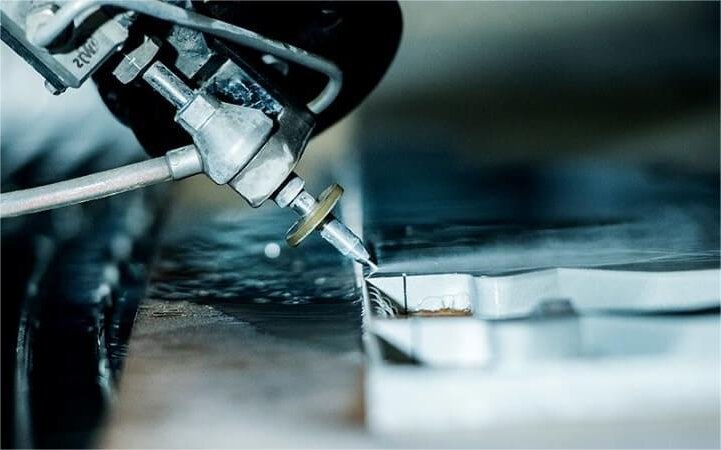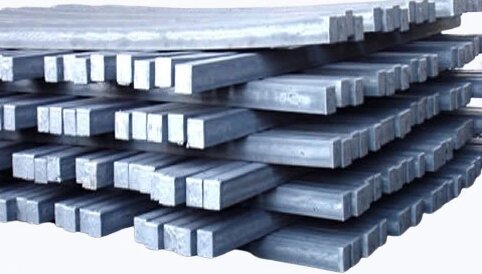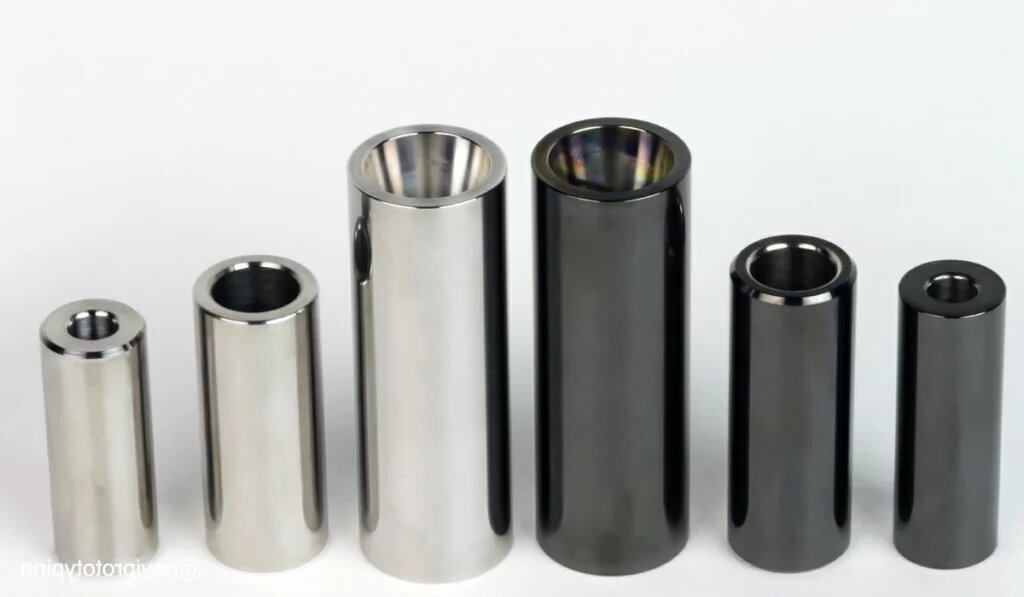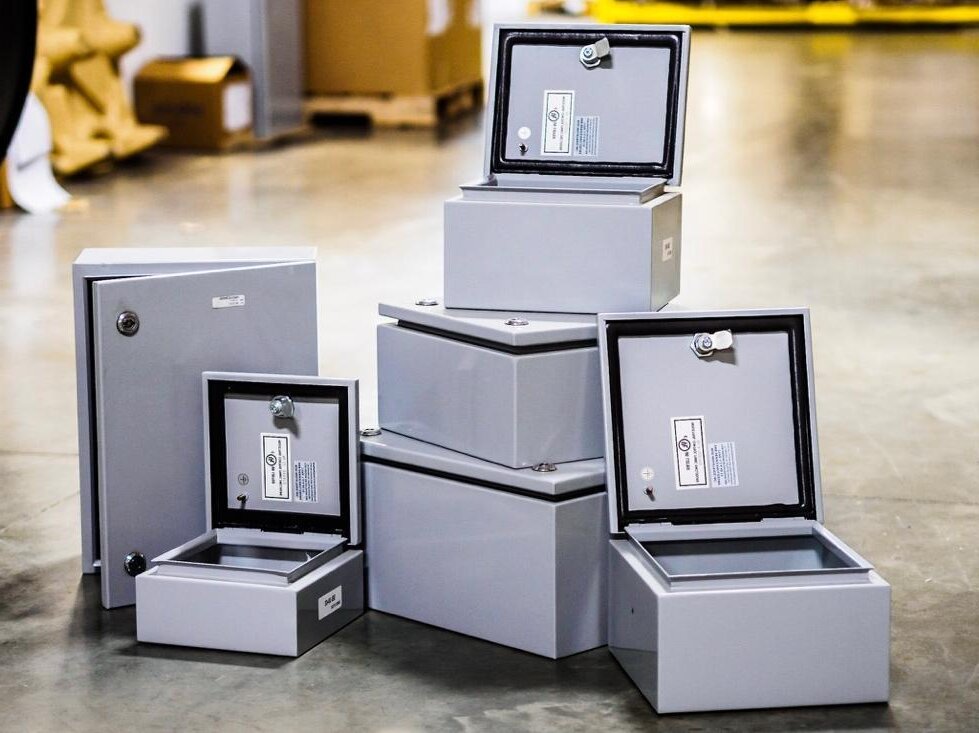Nel mio lavoro quotidiano mi vengono spesso poste domande sui materiali. Soprattutto sulla differenza tra ferro e acciaio. Capire quali materiali utilizzare per il tuo progetto è fondamentale.
Il ferro è un elemento pesante e robusto, soggetto a corrosione e ruggine. L'acciaio è una miscela di ferro e carbonio, talvolta con altri elementi, per migliorarne le proprietà. Grazie a questa miscela, l'acciaio è più resistente alla corrosione e più durevole del ferro puro.
Il ferro è un materiale durevole utilizzato per secoli come materiale da costruzione e per utensili. La resistenza e la versatilità superiori dell'acciaio gli consentono di soddisfare le moderne esigenze ingegneristiche in modo più efficace.
Analizziamolo ulteriormente nelle sezioni seguenti, dove discuterò la composizione, gli usi e il motivo per cui uno potrebbe essere preferibile rispetto all'altro in scenari specifici.
Cos'è il ferro?
Definizione e caratteristiche degli elementi
Fe è il simbolo del ferro, un elemento essenziale della tavola periodica e uno dei metalli più abbondanti al mondo. Il ferro è un componente fondamentale della crosta del nostro pianeta e ha un impatto essenziale sullo sviluppo della nostra civiltà.
Il ferro è un metallo che ha proprietà magnetiche e di resistenza impressionanti. Si può trovare nei materiali ferrosi (Fe2+) e ferrici (Fe3+), influenzandone le proprietà chimiche e la ruggine se esposto a umidità e ossigeno.
Tipi di ferro
Il contenuto di carbonio del ferro e il processo di produzione possono aiutare a classificarlo. Le forme primarie includono:
- Ghisa è una forma base di ferro prodotta in un altoforno. Contiene livelli più elevati (da circa 3,5% a 4,5%) di carbonio insieme ad altri contaminanti. La ghisa viene utilizzata come materia prima primaria per produrre acciaio e altri materiali a base di ferro.
- Questa ghisa ha una percentuale di carbonio compresa tra 2% e 4%. È noto per essere fluido e facile da lanciare. È anche fragile, non malleabile e fragile a causa del suo alto contenuto di carbonio. Ciò lo rende adatto per macchinari pesanti, parti di automobili e pentole.
- Ferro battuto è ferro quasi puro, contenente meno di 0,1% di carbonio. È resistente, malleabile e meno fusibile della ghisa. Il ferro battuto è stato storicamente apprezzato per lavori in ferro ornamentali e strutture che richiedono un materiale saldabile.
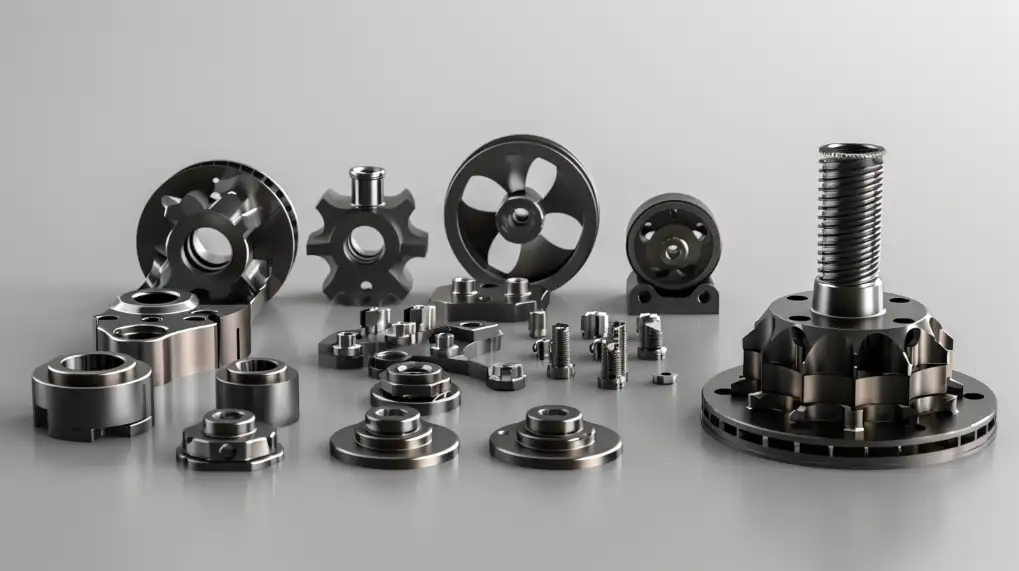
Cos'è l'acciaio?
Cos'è e come è fatto?
L'acciaio è una lega primaria composta da ferro con un contenuto di carbonio compreso tra 0,2% e 2,1%. Il carbonio aggiunto al ferro ne migliora la resistenza alla frattura e la resistenza mantenendo un livello accettabile di duttilità.
La produzione dell'acciaio è una procedura in due fasi che inizia con la fusione e la produzione della ghisa. La ghisa è mescolata con rottami metallici, vari elementi e carbonio. Viene poi fuso in altoforno per ottenere la composizione chimica desiderata.
Tipi di acciaio
La composizione chimica dell'acciaio e i metodi utilizzati per fabbricarlo sono classificati. Ecco alcuni dei tipi più comuni.
- Acciaio al carbonio: Questo è il tipo principale di acciaio. Il suo contenuto di carbonio lo classifica in acciaio a basso, medio e alto tenore di carbonio. L'acciaio a basso tenore di carbonio o dolce contiene fino a 0,3% di carbonio. Il range medio è compreso tra 0,3% e 0,6%. L'acciaio ad alto tenore di carbonio ha da 0,6% a 2,1%.
- Acciaio legato: Aggiungendo diversi componenti leganti come manganese e nichel agli acciai, gli acciai legati migliorano la durezza, la tenacità e la resistenza all'usura.
- Acciaio inox: L'acciaio inossidabile contiene una quantità significativa di cromo, almeno 10%. Può contenere anche nichel o molibdeno.
- Acciaio per utensili: Questo acciaio è stato formulato con additivi come tungsteno e molibdeno. È inoltre arricchito con cobalto e vanadio.
Proprietà fisiche e chimiche
Durabilità e durezza
- Livelli di durezza: L'acciaio ha una durezza maggiore del ferro a causa del suo contenuto di carbonio.
- Usabilità e longevità: L'elevata durezza dell'acciaio ne aumenta la durata e la longevità, in particolare nell'edilizia e nelle macchine.
Resistenza alla corrosione
- Sensibilità alla ruggine: L'acciaio arrugginisce più velocemente del ferro.
- Misure protettive: Rivestimenti come la zincatura, la verniciatura o le formulazioni di acciaio inossidabile possono aiutare a proteggere dalla corrosione.
Punto di fusione
- Ferro: Si scioglie a circa 2800°F o 1538°C.
- Acciaio: Punti di fusione più bassi, compresi tra 1.370°C e 1.510°C (da 2.500°F a 2.750°F), a seconda dei componenti della lega.
Conduttività e densità
- Conducibilità termica ed elettrica: Il ferro conduce calore ed elettricità in modo più efficiente rispetto agli acciai.
- Densità dell'acciaio: L'acciaio ha una densità leggermente inferiore a quella del ferro. Varia a seconda degli elementi di lega e influenza i rapporti peso e resistenza.
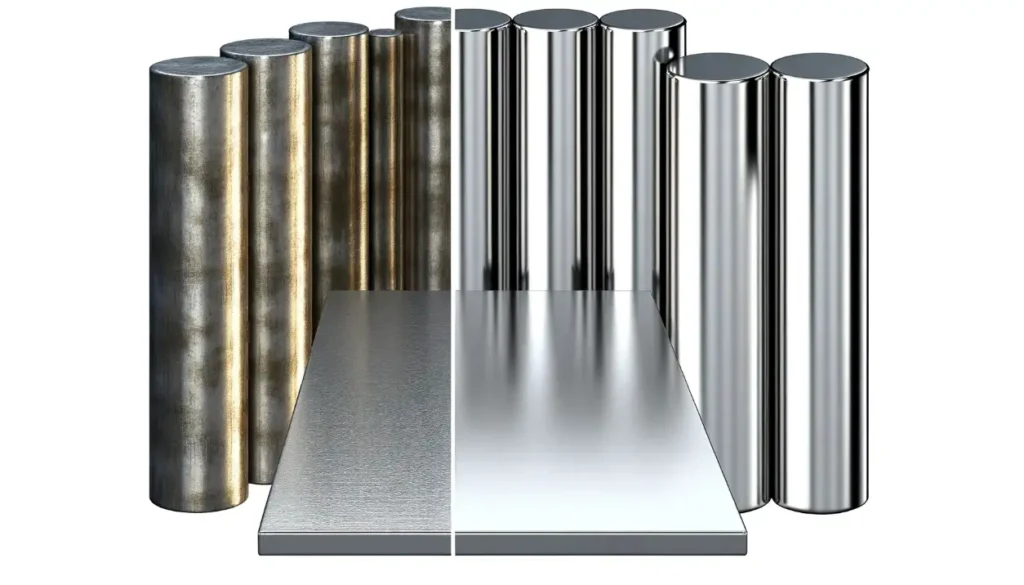
Applicazioni e usi industriali
Costruzioni e infrastrutture
- Ruolo dell'acciaio e del ferro nelle strutture edilizie: Essenziale per strutture e supporti strutturali.
- Gli iconici casi di studio sulle costruzioni in acciaio e ferro includono: Burj Khalifa e la Torre Eiffel.
Automobile e trasporti
- Utilizzo in strutture e macchinari di veicoli: Parte integrante della produzione di carrozzerie, telai e motori di veicoli.
- Progressi nella scienza dei materiali per i trasporti: Sviluppo di leghe ad alta resistenza per veicoli più leggeri e durevoli.
Prodotti di consumo
- Oggetti di uso quotidiano realizzati in acciaio e ferro: Include strumenti, serrature hardware, E lavelli da cucina in acciaio inox.
- Tendenze dei consumatori: La domanda di elettrodomestici in acciaio inossidabile è in aumento a causa della loro durabilità e del loro aspetto estetico.
Ferro vs acciaio: quale è più forte? Qual è più forte?
L'acciaio è più robusto del ferro. Ecco perché:
Il ferro è morbido e malleabile nella sua forma più pura. Tuttavia, la sua tendenza a deformarsi e corrodersi lo rende inadatto per usi ad alta resistenza.
L'acciaio è una lega composta principalmente da ferro ma arricchita anche con altri elementi come manganese e cromo. Il carbonio agisce come elemento indurente, prevenendo dislocazioni del reticolo cristallino del ferro. Ecco perché l’acciaio resiste meglio alle forze esterne rispetto al ferro puro.
Il controllo degli elementi di lega può personalizzare diversi tipi di acciaio per soddisfare diversi requisiti di resistenza. Gli acciai ad alto tenore di carbonio, ad esempio, sono duri e utilizzati per realizzare utensili e dispositivi di taglio. Gli acciai legati, invece, sono realizzati con elementi come cromo e vanadio per ridurre la corrosione e aumentare la resistenza all'usura.
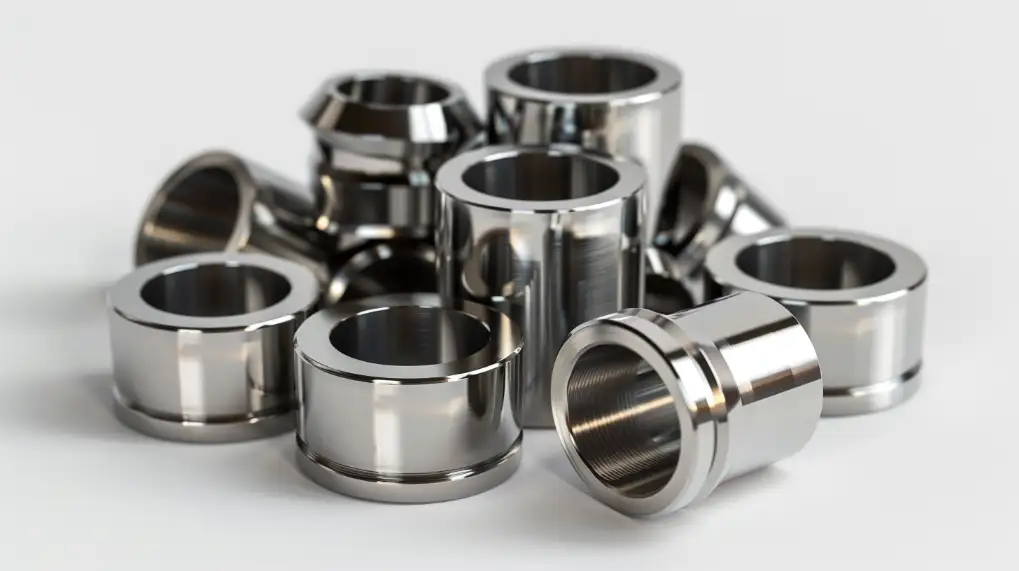
Qual è la differenza tra acciaio e ferro?
Il nostro programma è focalizzato sull'identificazione delle differenze tra gli acciai. Ecco alcuni modi per distinguere tra questi due materiali.
Ispezione visuale
Texture e colore: Il ferro puro è solitamente grigio più argenteo e ha una consistenza più morbida. L'acciaio può apparire più luminoso e risultare più impegnativo, a seconda del tipo e del trattamento. La ruggine del ferro è più scadente, più rossa e più visibile, mentre la ruggine sull'acciaio, principalmente sull'acciaio inossidabile, potrebbe non essere visibile.
Finitura superficiale: L'acciaio ha una finitura più liscia a causa dei processi industriali che subisce. Il ferro, invece, può avere una superficie più ruvida a causa della sua struttura cristallina.
Prova del magnete
Questo semplice test è ancora valido, poiché il ferro e l'acciaio sono ferromagneti. I magneti aderiscono fortemente al ferro e all'acciaio, ma la reazione con l'acciaio inossidabile è meno intensa.
Prova della scintilla
Questo test comporta macinazione dei metalli e guardando le scintille che emettono. Il ferro produce scintille più corte, con meno scintille e con uno schema di ramificazione più piccolo. L'acciaio, in particolare l'acciaio ad alto tenore di carbonio, produce scintille con motivi più lunghi, più luminosi e più complessi.
Test chimici
Ispezione della ruggine: Esporre un piccolo pezzo di metallo ad ambienti corrosivi e osservare. A causa della mancanza di lega e di purezza, il ferro arrugginisce più velocemente e più intensamente rispetto ad altri tipi di acciaio.
Test dell'acidità: L'aggiunta di una o due gocce di acido nitrico farà reagire il ferro più intensamente, risultando in un colore più scuro. L'acciaio mostra tipicamente reazioni meno intense con residui più leggeri.
Conclusione
Quando si seleziona un materiale per il progetto, è importante conoscere le differenze tra acciaio e ghisa. L'acciaio arricchito con carbonio e altri elementi offre resistenza e resistenza superiori rispetto al metallo ferroso puro, rendendolo essenziale in settori quali l'edilizia, l'automotive e i prodotti di consumo.
Hai bisogno di un produttore affidabile di componenti in lamiera? Shengen è il posto dove andare. Siamo specializzati nel taglio laser, piegatura, finitura superficiale e lavorazione CNC della lamiera. Raggiungere Shengen Oggi stesso e chiedete aiuto a dei professionisti!
Domande frequenti
Qual è la differenza principale tra acciaio e ferro per quanto riguarda il contenuto di carbonio?
L'acciaio contiene tra 0,2% e 2,1% di carbonio, che ne aumentano la resistenza e la durata. Il ferro, invece, ha meno carbonio ed è più morbido e malleabile.
Qual è la differenza tra ferro puro e acciaio?
L'acciaio è più resistente del ferro puro grazie al suo contenuto di carbonio e di altri componenti leganti, che ne rinforzano la struttura e ne migliorano le proprietà meccaniche.
Quali sono le principali preoccupazioni ambientali legate alla produzione di acciaio e ferro?
Il degrado ambientale è il risultato dell’elevato consumo di energia e delle emissioni di anidride carbonica.
L’acciaio è più sostenibile del ferro?
L’acciaio è più sostenibile del ferro grazie alla sua durabilità e alla capacità di essere riciclato ripetutamente senza deteriorarne le proprietà. Ciò riduce la necessità di nuove materie prime.
Qual è stato l’impatto dei progressi tecnologici sulle proprietà dell’acciaio e del ferro?
I progressi tecnologici hanno migliorato significativamente le proprietà dell’acciaio e del ferro, come la loro resistenza, flessibilità e resistenza alla corrosione. L'uso di leghe e di nuove tecniche di lavorazione continua ad aumentarne l'efficienza e le applicazioni.
Altre risorse:
Impatto ambientale della produzione di acciaio e ferro – Fonte: Theworldcou
Riciclo e sostenibilità dell'acciaio: – Fonte: Clarifygreen
Progressi tecnologici nella metallurgia - Fonte: Media
Ciao, sono Kevin Lee

Negli ultimi 10 anni mi sono immerso in varie forme di lavorazione della lamiera, condividendo qui le mie esperienze in diverse officine.
Contattate

Kevin Lee
Ho oltre dieci anni di esperienza professionale nella fabbricazione di lamiere, con specializzazione nel taglio laser, nella piegatura, nella saldatura e nelle tecniche di trattamento delle superfici. In qualità di direttore tecnico di Shengen, mi impegno a risolvere sfide produttive complesse e a promuovere innovazione e qualità in ogni progetto.

